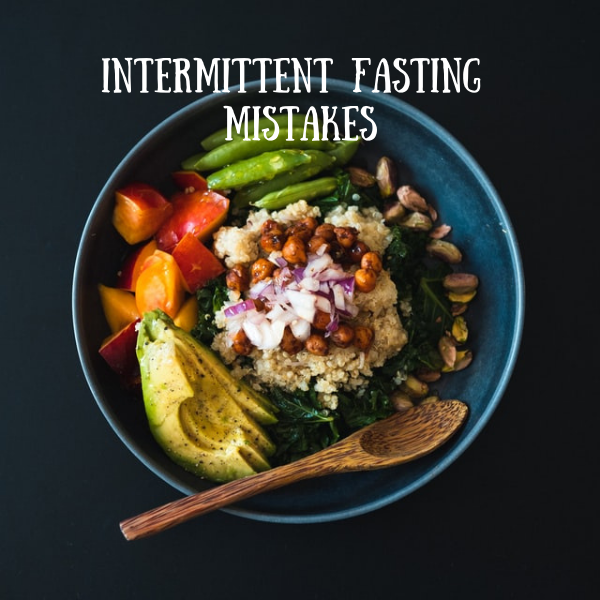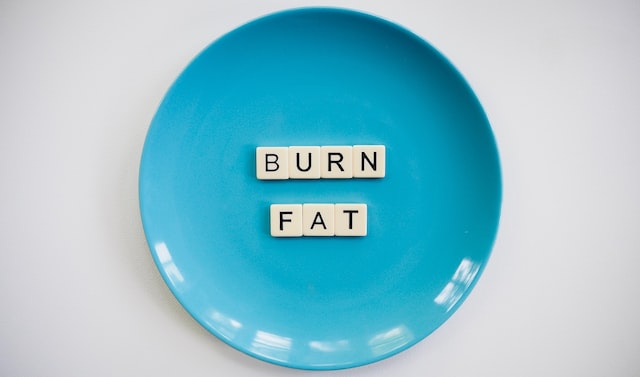Improving Your Metabolic Flexibility

Why Metabolic Flexibility Will Boost Your Health and Fitness
Everyone is powered by sugar.
We get energy from breaking down carbohydrates like wheat and potatoes into glucose and fructose. Over time, our bodies get dependent on constant inputs of sugars and carbs. You might experience this through a daily cycle of cravings and sleepiness. Weight gain is a direct result of excess sugars in the blood – caused by the rapid breakdown of highly refined carbohydrates.
It might surprise you to know that using sugar for energy is one of two biological systems – and that we don’t use the other one.
Protein and Fat as an Energy Source?
Over millions of years of evolution, primates (including Humans) developed the ability to create cellular energy from fat and protein.
This ability still exists today.
Unfortunately, our carbohydrate rich diets mean we never get to the point of this cycle starting. After years (or even decades) of using carbs as fuel, we need to train the body to burn fat.
This is an effective way to start burning stored fat. The body will use dietary fats and proteins first, then hit those hard-to-shift fat stores when the immediate supplies run out. I know that millions of people would love for this to happen!

The Problem with Burning Fat: Ketosis and Time
If there were an effortless way to switch between the default of burning sugar and using that stored fat, then I’m sure everyone would be doing it.
Unfortunately, making the initial switch takes effort.
Key here is getting into a state called ‘Ketosis.’ You might have heard of the Keto diet, which employs this technique.
You need to keep carbohydrates to a bare minimum for at least a week, preferably longer. Your diet will switch to protein, with a component of fibre. Without sugar, your body will produce Ketones, which are used for fuel. Effectively, you switch from sugar burning to fat burning over a period of a week to 10 days.
Ketosis is Easy to Spoil: Building Metabolic Flexibility
Eat one sugary snack, one ‘cheeky pint,’ and you stop ketosis dead.
If you are new to this (and have decades of sugar-only burning behind you), then you’ll take several days to get back into fat burning again.
As your body gains experience in using both sugars and fats as fuel sources, you will be able to switch between the two more rapidly. This is metabolic flexibility – your body is flexible enough to use both fuel sources, and to switch between them without too much disruption.
The elephant in the room here is that once you experience Ketosis and get used to it, going back to carbs / sugar for fuel will never really feel healthy. In the real world, maintaining Ketosis is tough. The next best thing to maintaining it is to stay as metabolically flexible as possible.

Intermittent Fasting and Metabolic Flexibility
A relatively painless way to kick off metabolic flexibility is intermittent fasting.
A daily cycle of fasting for 12 to 14 hours gives your body the time to clear fuel sources – priming it to be ready for whatever comes in. This is also called ‘Time Restricted Eating.’
I already do this, choosing to eat between midday and 6pm, and fast between. Unsweetened black coffee gets me through to lunch easily. Skipping high-GI carbs like pasta, bread, white rice, and potatoes during the day adds an extra fat-burning boost.
Longer fasts of one day or more are even better. I don’t recommend a multi-day fast without research and advice from a medical professional that understands your personal health situation.
If you ‘fall off the wagon,’ for example at a party or on holiday, a fast or series of skipped meals is the perfect way to get back to being metabolically flexible again.

Fitness and Metabolic Flexibility: A Two-Way Street
Getting in shape will burn all the fuel you have at your disposal. When the sugars from carbs have gone, fats are next in line.
Fitness will also help you improve your overall metabolic flexibility. You’ll produce ketones quicker and maintain ketosis longer. Swap things around and that same metabolic flexibility provides extra energy to stay in shape.
If there ever was a ‘virtuous circle,’ then this is it.
More Food, Diet and Metabolism Posts: